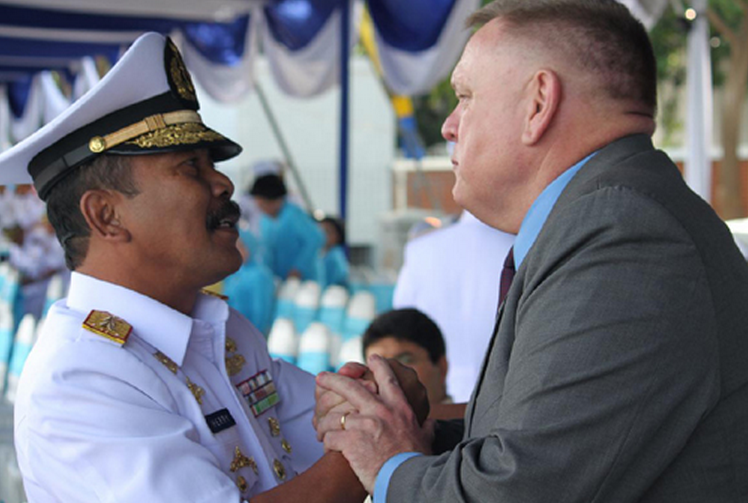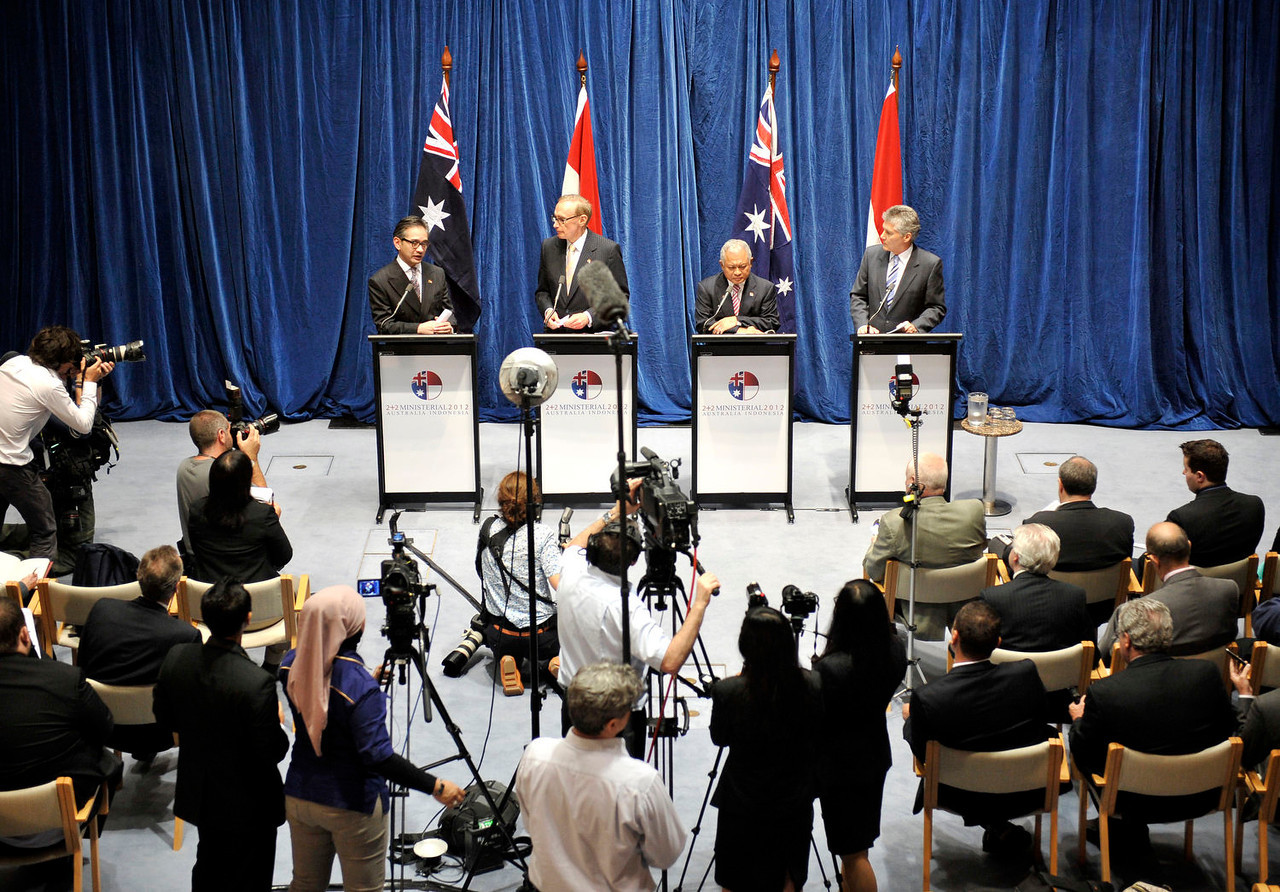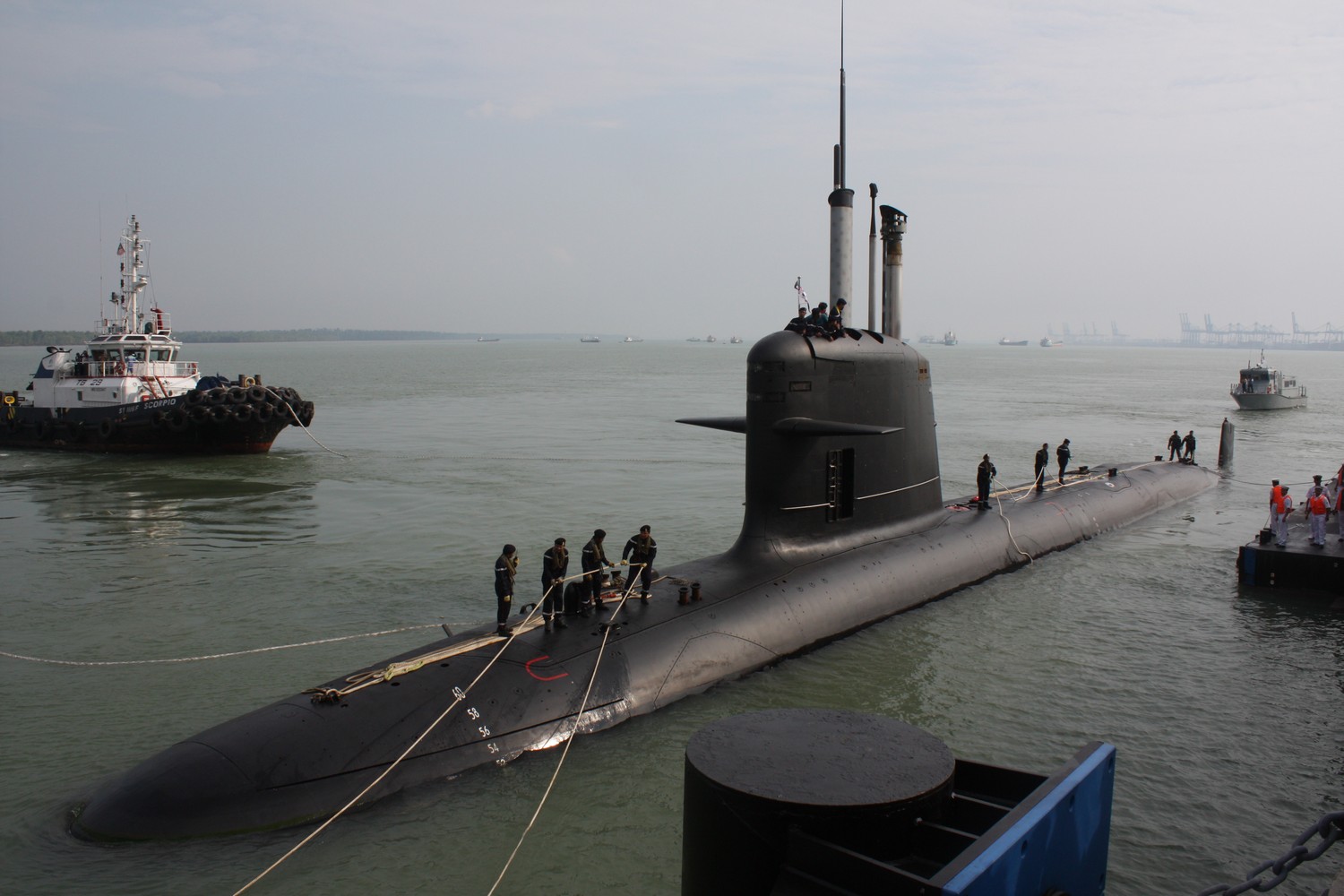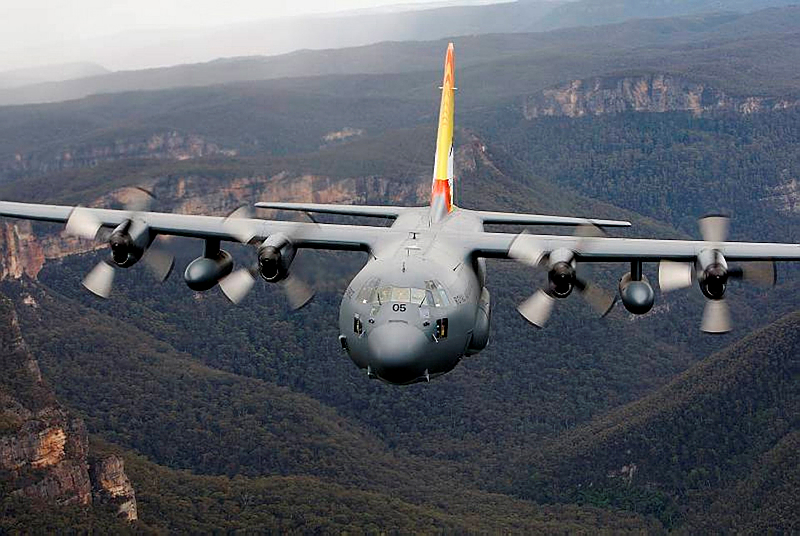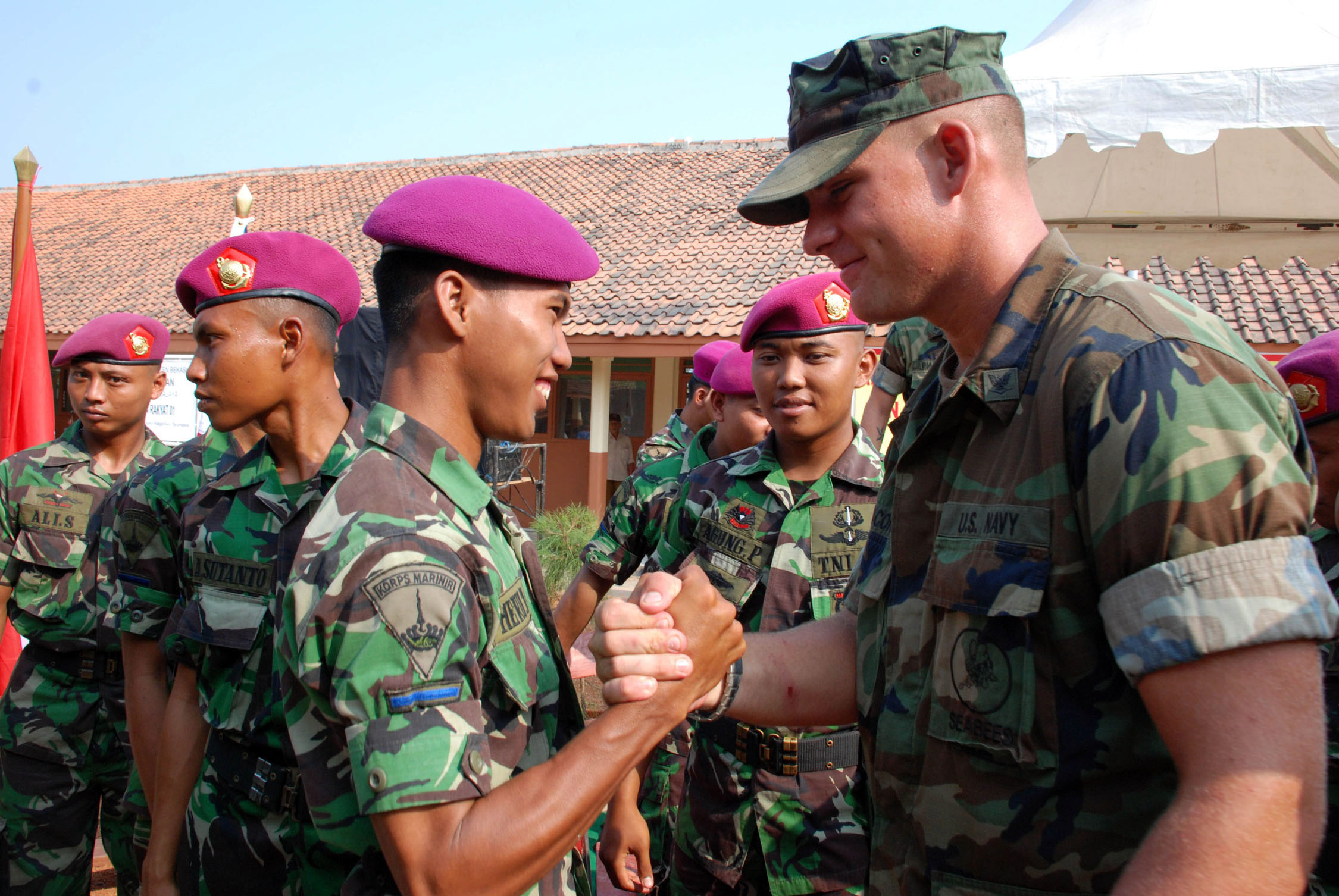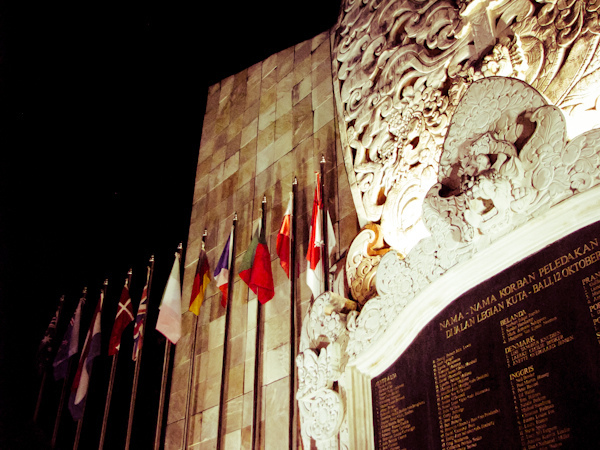The audacity of Jokowi
It’s March 2013, and looking ahead to September 2014—when Indonesia’s new president should be elected—it’s too early to speculate on the result. In fact, we’re not even sure who’ll line up for the race. But last week, ANU’s Marcus Mietzner made a bold prediction; that not only would Jakarta’s governor, Joko Widodo (aka Jokowi) run in the presidential election, but he’d win. Mietzner’s case was compelling, and if Australia has begun to give a Prabowo presidency some thought, it’s worth reflecting on what ‘President Jokowi’ might mean for Australia.
To sum up Mietzner’s presentation, Jokowi will sail to victory with a popularity (buoyed by intense media attention and pop culture appeal) and the hope of the people that no other political figure in Indonesia’s recent history has been ever able to muster. Jokowi hails from a modest background and self-made wealth as a furniture entrepreneur, which has given him a down-to-earth quality and sensitivity to the issues of Jakarta’s poorer residents. For those Indonesians fatigued with the usual suspects in elections, Jokowi makes an unconventional and therefore appealing candidate. He signals the potential for a new chapter in clean politics and accountability—a perspective that opinion polls are now beginning to show. According to one survey, he’s secured 21.2% of votes and leads the race. Read more



